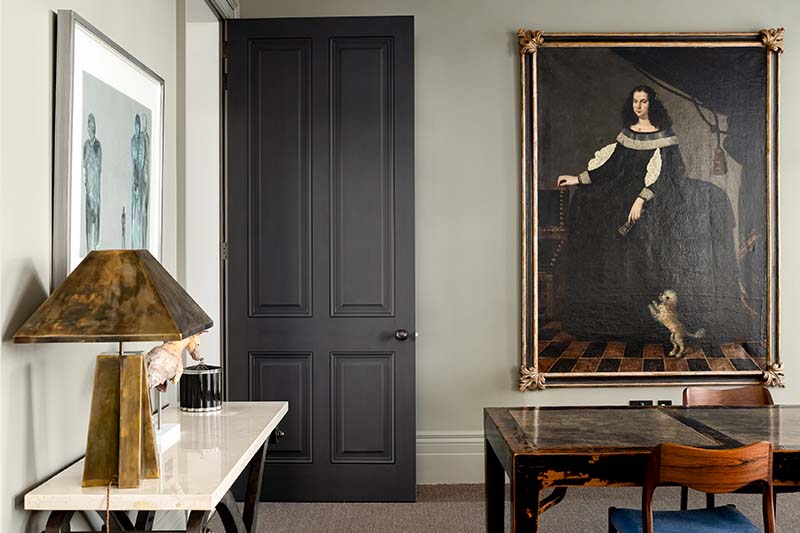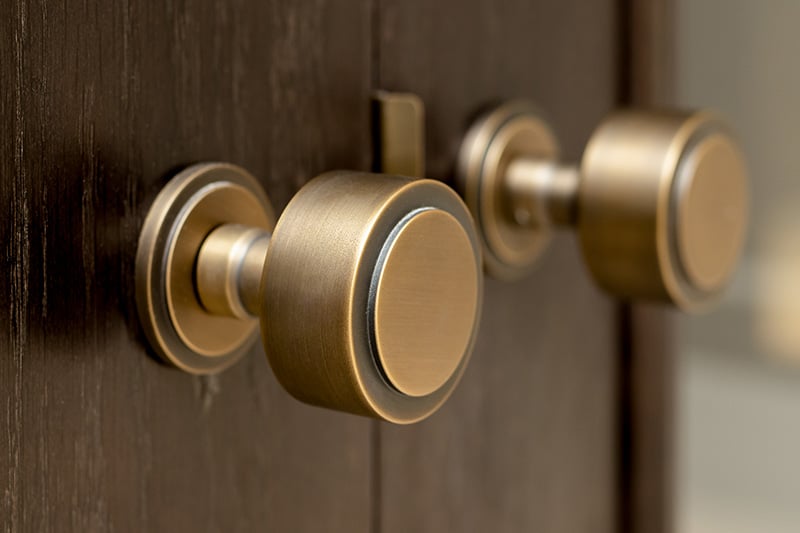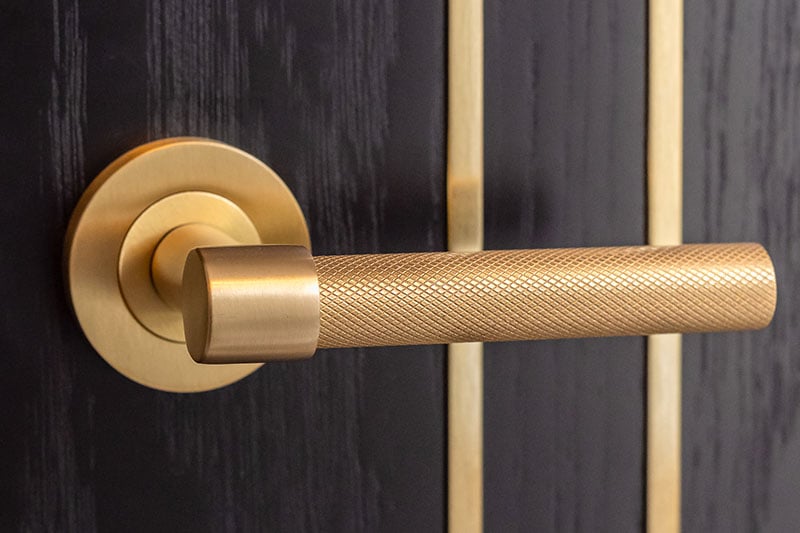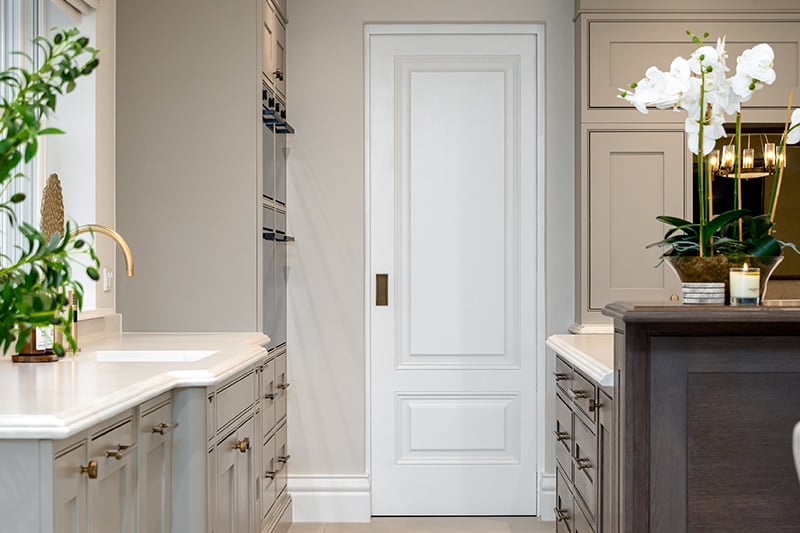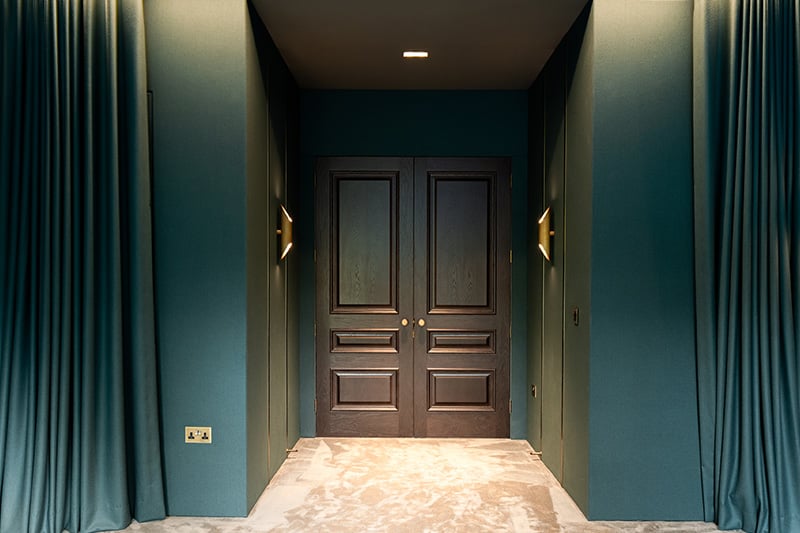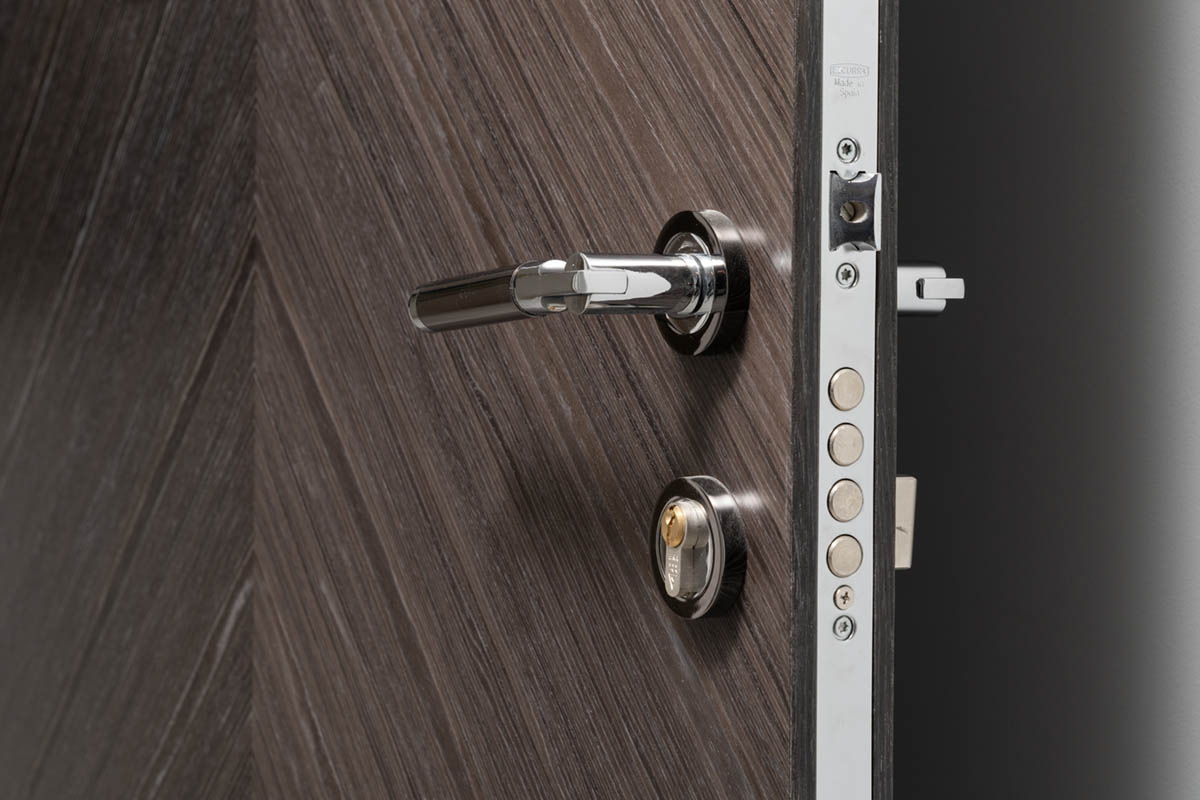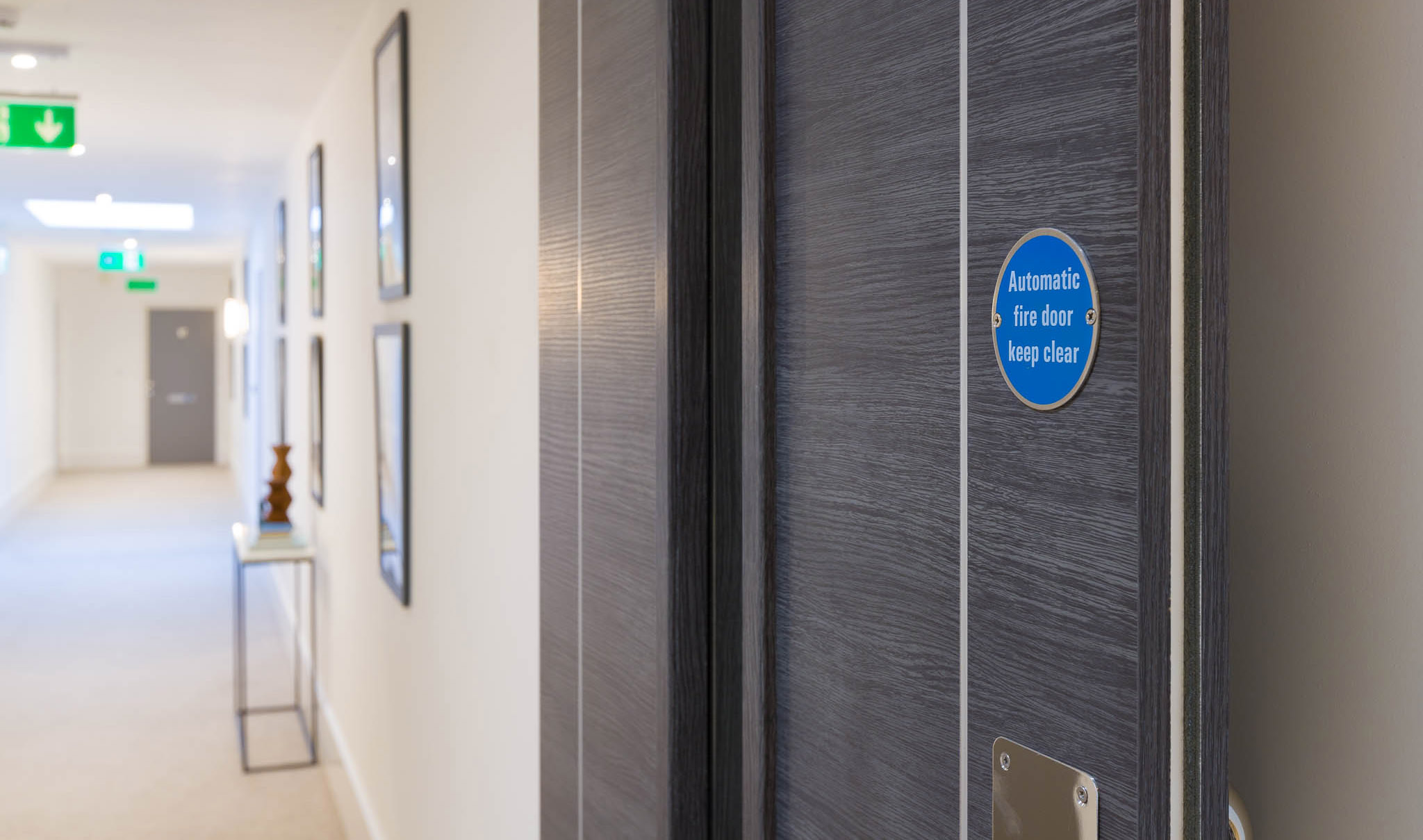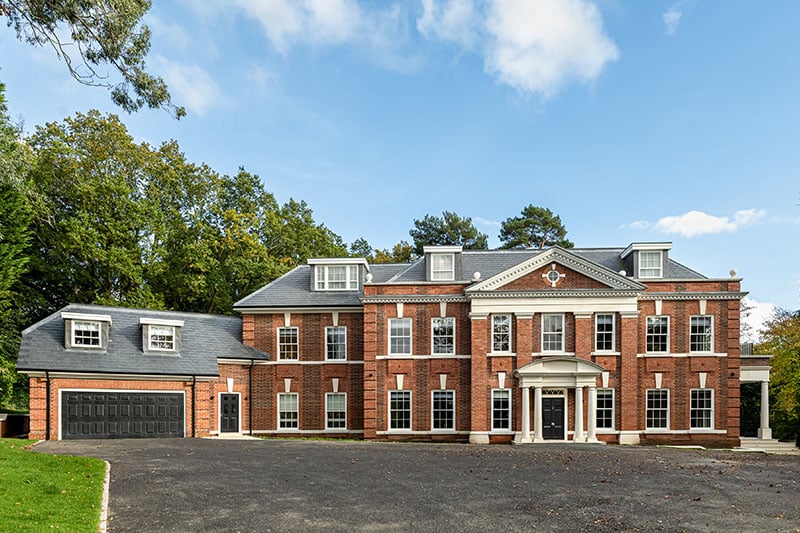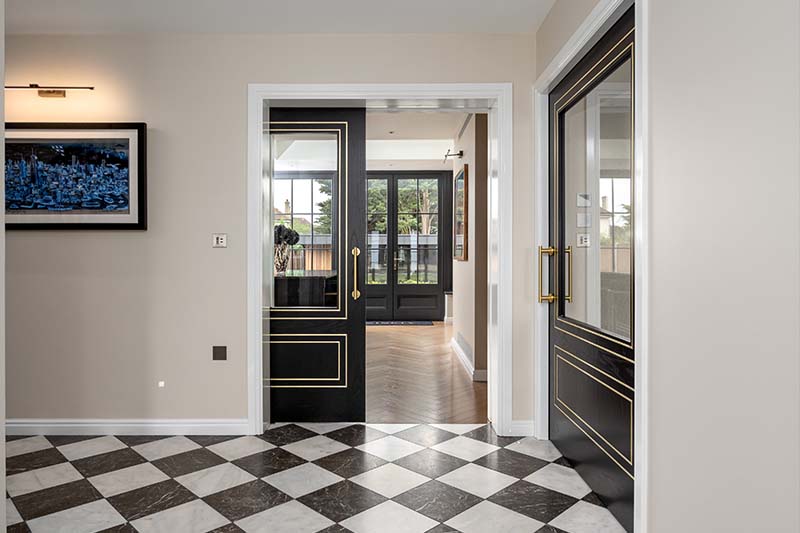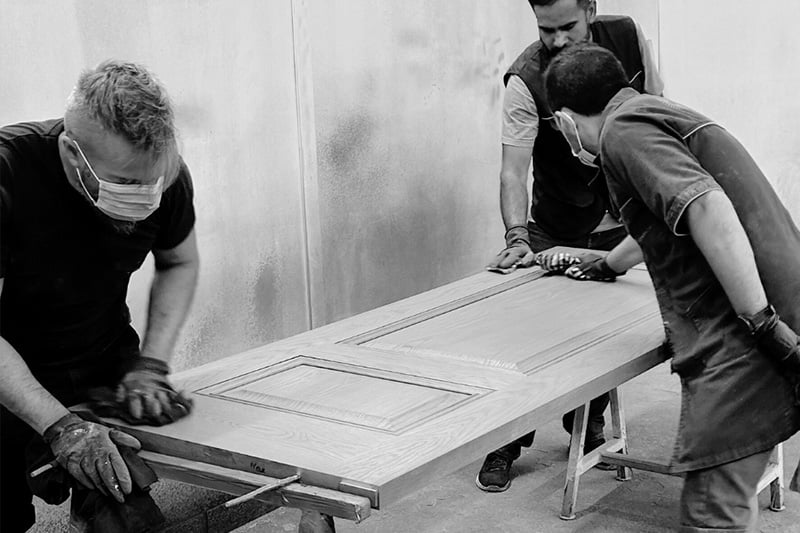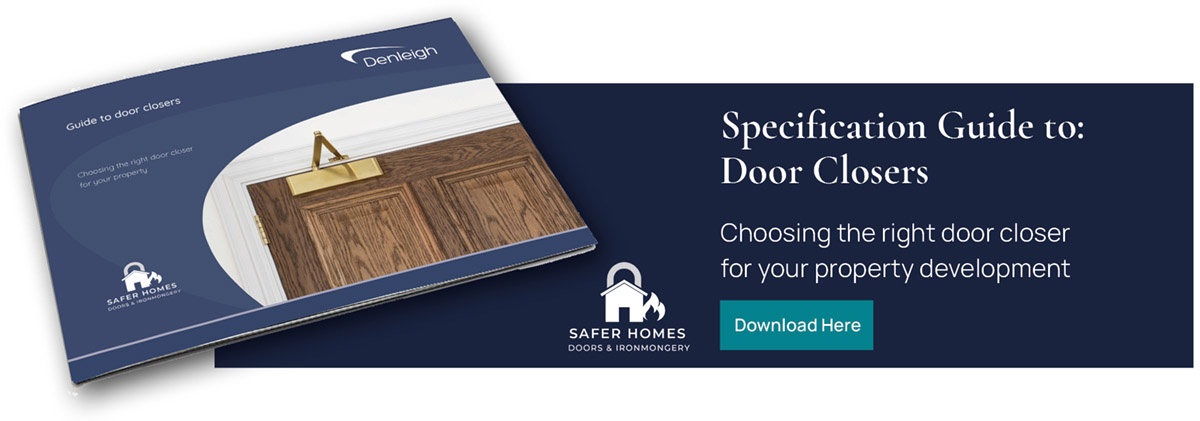Guide to door closers for residential buildings
10 January 2019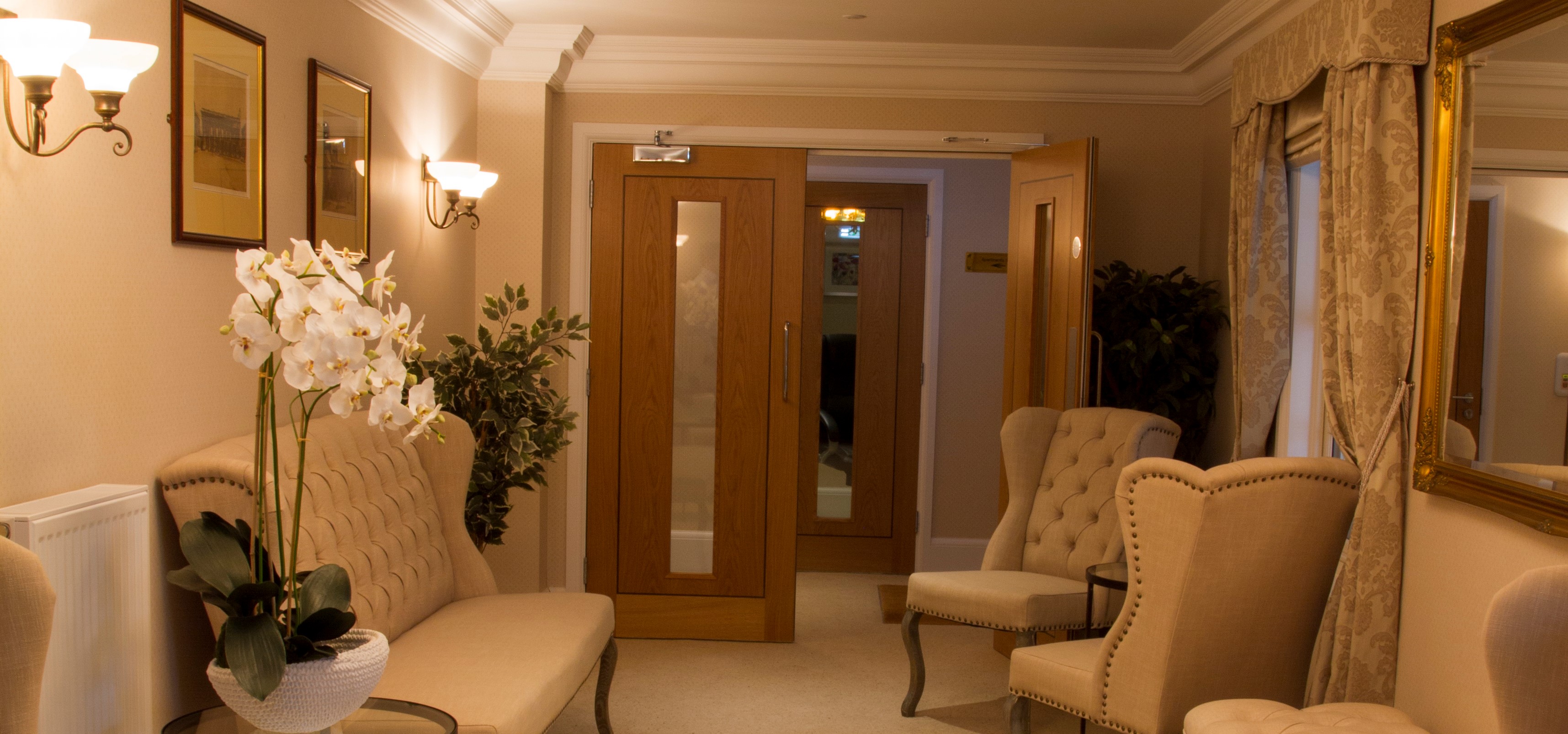
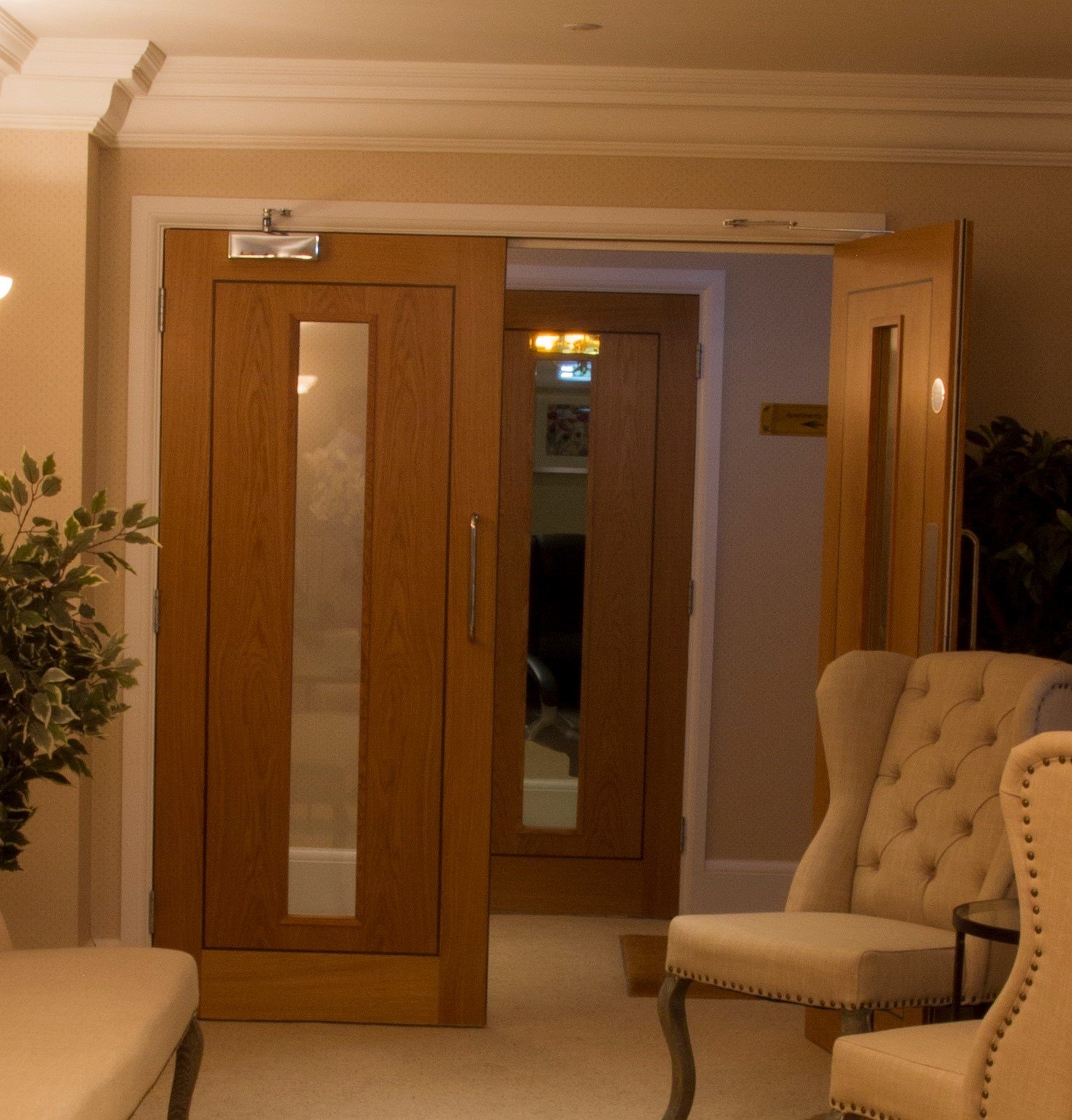
Door closers are a mechanical device that sits above or beside a door and assist its smooth closure when not in use. They have an important role to play in fire safety, but also provide a host of other benefits for property users, while protecting doors from potential damage.
For example, a door closer can aid the ease with which a door is opened and closed; it can prevent doors banging shut; and stop doors blowing open or being closing at speed onto a user.
Electronic door closers can close doors in the event of a fire or security lockdown, and also open doors automatically, which can be of benefit within communal areas in apartment blocks, and settings where users may be elderly, frail or physically less able.
There are multiple designs, styles and finishes available, offering a range of capabilities and with options suitable for many different types of applications. One important check to make is that any door closer you might use, features a CE mark, meaning it has been fire and endurance tested.
Key factors to consider
When selecting the door closer that will be the best option for each individual application, there are some key factors to take into consideration:
- Location of the door
- What type of opening it is
- How much traffic and use the door will receive
- How wide and heavy the door is
Volume and frequency of door traffic
The amount of use the door is likely to get is one of the most important factors to consider. It will often be described in terms of operating ‘cycles’ per year – with one cycle representing the door being moved from the closed position, to open and back to closed again.
Usage is generally split into three different levels and each door closer will specify the level they are most suitable for.
- Low usage – 10,000 cycles per year (most residential properties)
- Medium usage – 10,000 – 100,000 cycles per year (some communal areas)
- High usage – 100,000 – 500,000 cycles per year (high footfall areas)
Within a residential property, the usage is likely to be low. In comparison, high usage will typically apply within high footfall areas, such as schools, shopping centres and hospitals.
Strength of door closers
Door closers come in different ‘power sizes’. The size you need will be dependent on the weight and width of the door that the closer will be controlling.
The strength of door closers falls into 6 different categories and the wider and heavier the door is, the greater the force that will be needed to control it. You may also require a stronger power size to overcome air pressure, if it is being used in a small room.
Power size 1 is the weakest, while power size 6 is the strongest. It is usually recommended that a minimum of a size 3 is fitted.
When looking at door closers specifications you may find that the power size is fixed, or that the controls are adjustable to cater for different doors. This is particularly helpful when the size required is uncertain.
Installation applications
There are three core ways that a door closer may be fitted – surface mounted, concealed in the top rail, or fitted on the floor.
Surface mounted
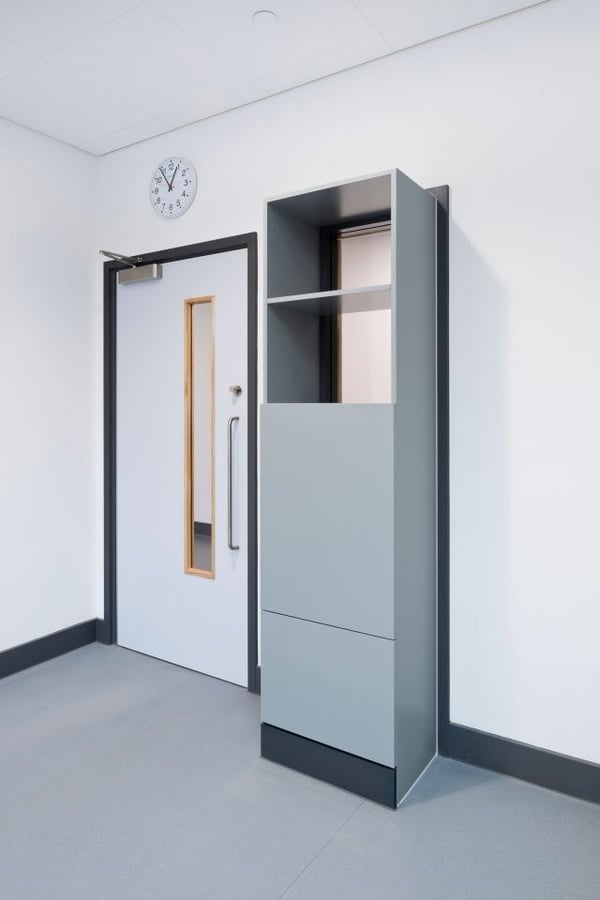
The most common types of door closer are surface mounted. The main ones being:
- slide-arm
- regular arm surface mounted
- parallel arm surface mounted
- top jamb mounted
Overhead concealed door closers
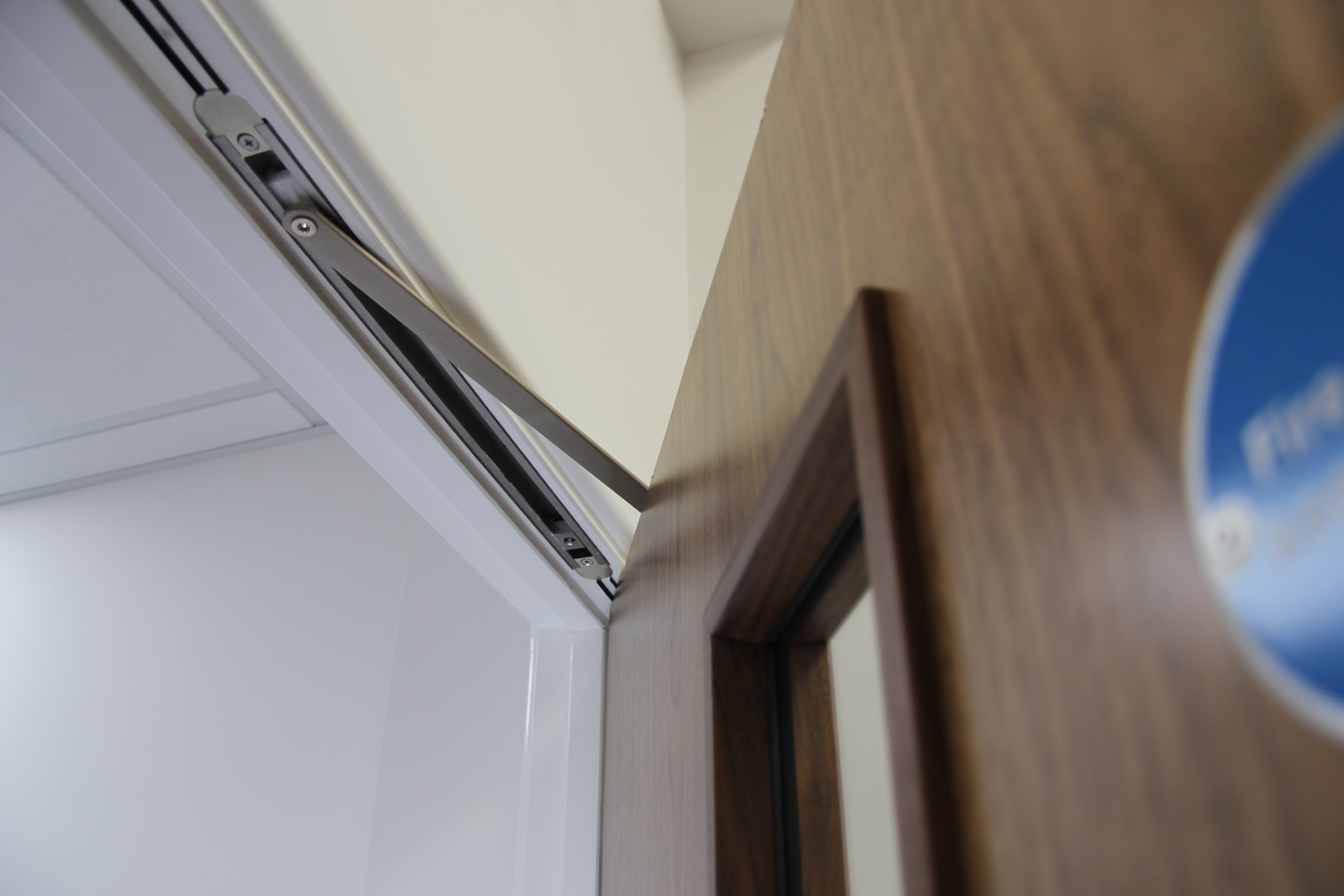
Concealed door closers, in contrast, are hidden from view. They sit inside the top rail of the door. Choosing this type of door closer can help to preserve the look and feel being presented.
Floor Springs
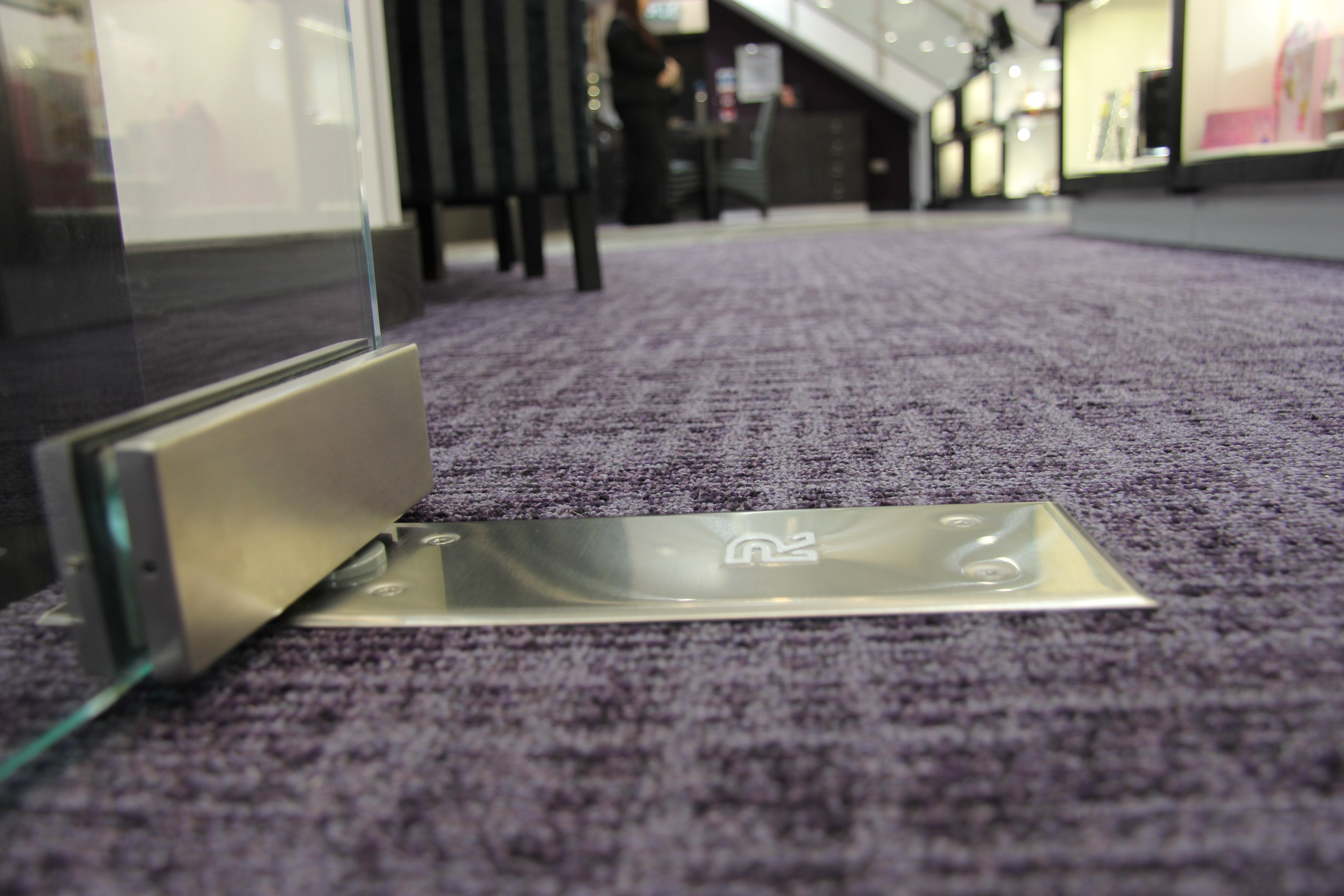
Floor springs, as the name would suggest, are installed in the floor beneath the door. They are a highly durable option and a good choice for heavy doors, or areas with very high levels of traffic.
Key terms explained
When looking at door closer specifications, there are some key terms you are likely to come across. Here is a quick description of each.
- Backcheck
Backcheck is what prevents a door from being thrown wide open, such as by a gust of wind. This feature can help prevent damage being caused to the door, frame or handles.
- Delayed action
A door closer can provide delayed action, meaning the door remain opens for a period of time before closing. Some closers will offer an adjustable time for this.
- Closing speed
A door closer can be used to control how quickly a door closes. You may choose to go for a longer ‘closing speed’ to give occupants more time to pass through safely, if they are elderly or frail, are less able, or in the case of young children.
- Latching speed
If a door closer offers an adjustable latching speed that enables you to adjust the speed of the last few degrees of closing, separately to the main closing speed. This can be effective in preventing the door from banging.
Safety and reliability
Door closers are an important element in the control of fire and smoke. The use of CE marked door closer is mandatory. This shows that the product has been thoroughly tested, is fit for purpose and meets all legal requirements.
There are specific requirements for door closers that are used on fire doors. They should not include a hold-open device, unless you are using an electrically powered closer, which will automatically be turned off were the building’s fire alarm system to be activated.
For more advice and information
Denleigh is accredited to international quality standard ISO9001 and our staff are Guild of Architectural Ironmongers (GAI) trained.
For more advice or guidance, please contact our experienced team on 01722 337060 or email us using mail@denleigh.co.uk. Alternatively, check out our product specification download below to help you choose what product is right for your project.
